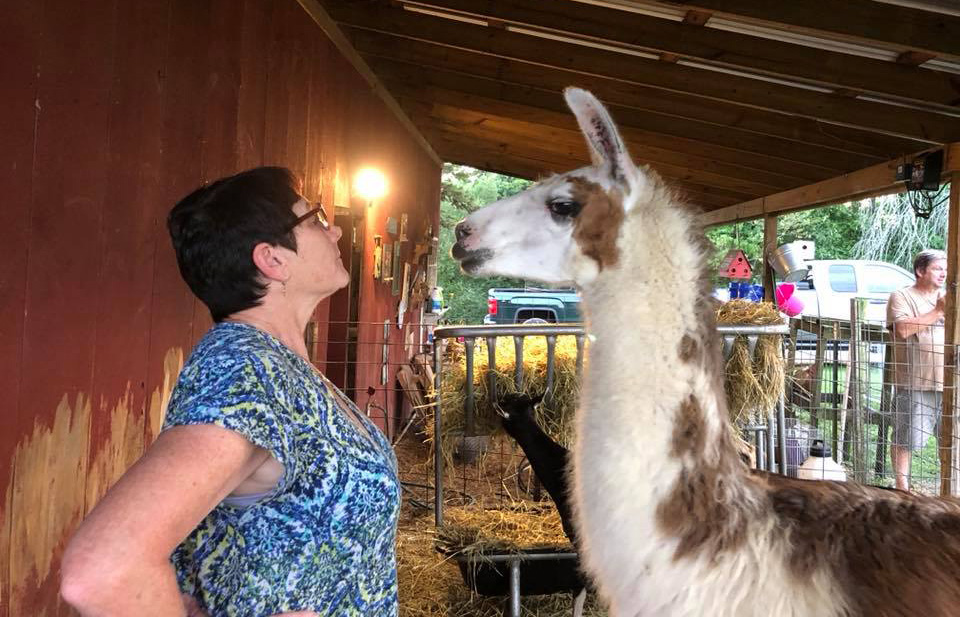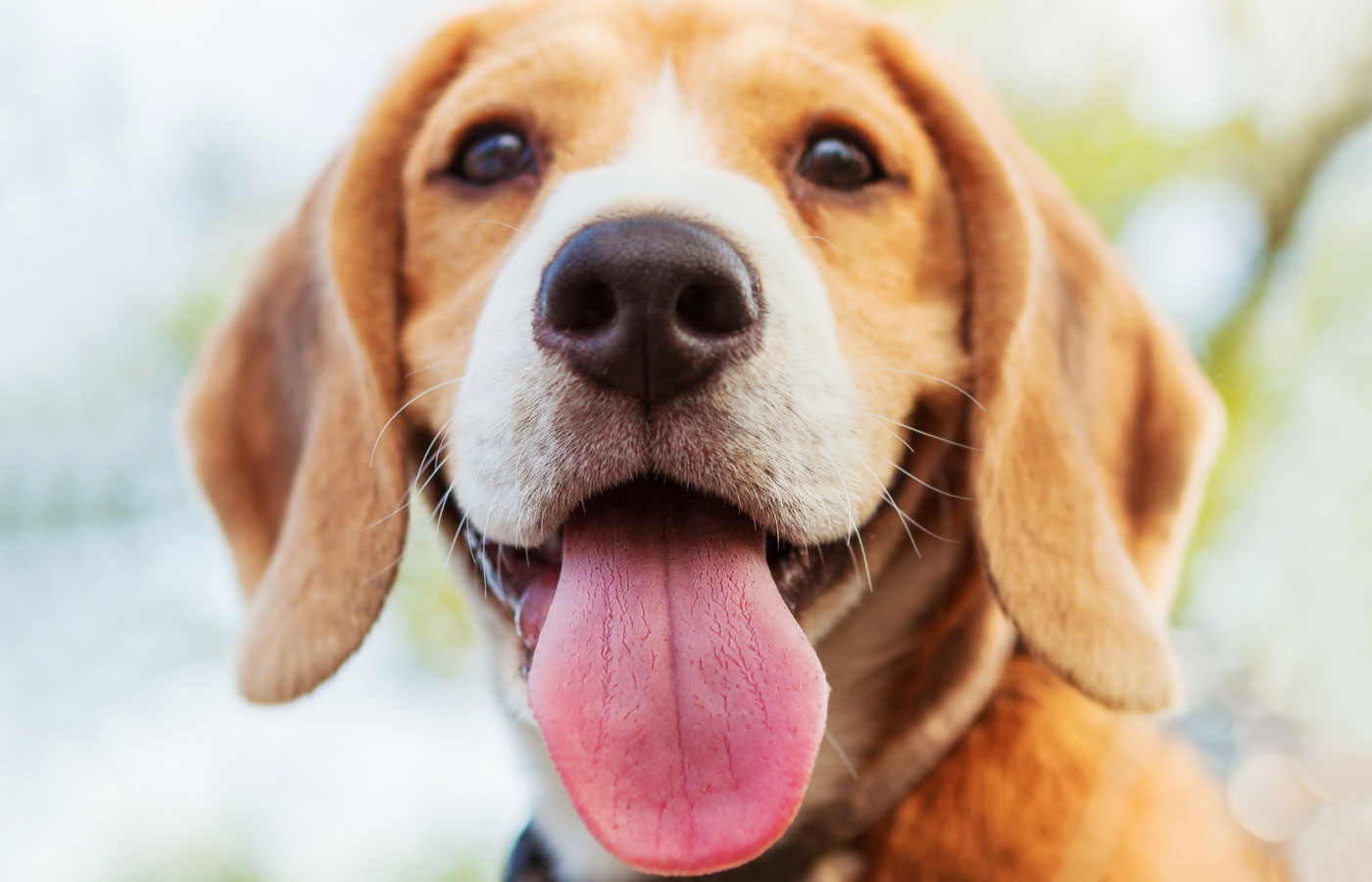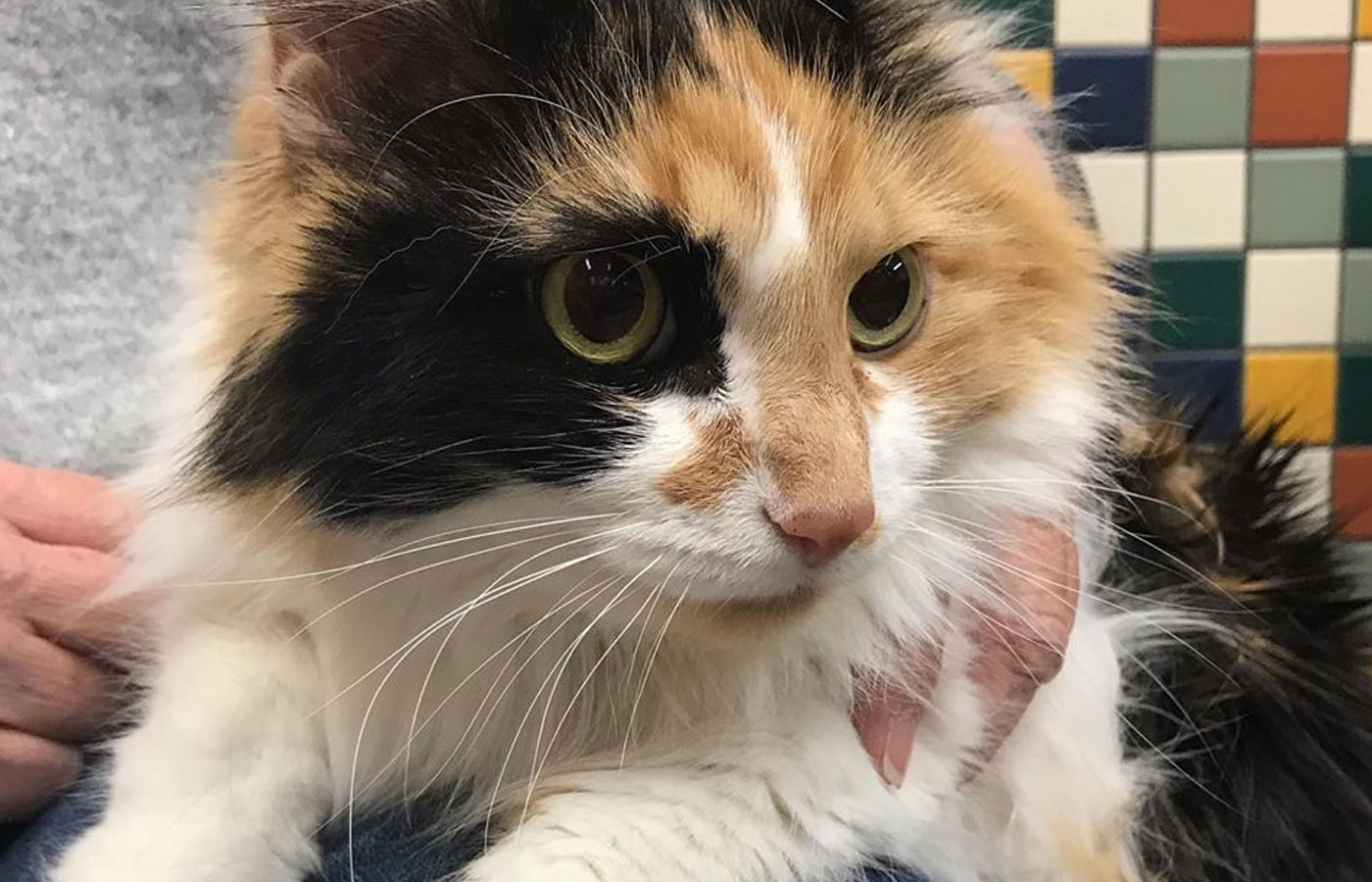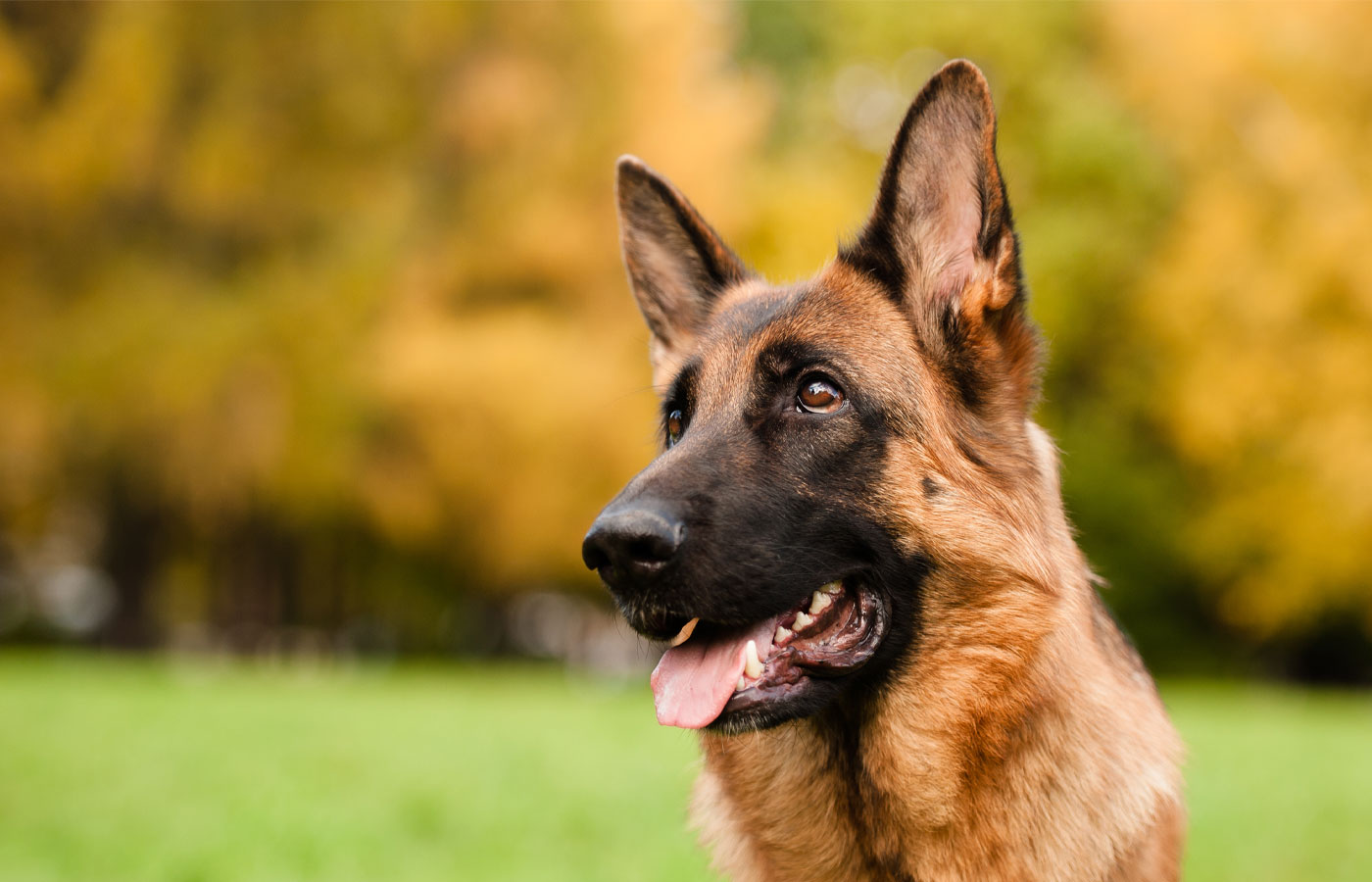Veterinary Care

- Wellness & Annual Exams
- Sick pet exams
- Vaccinations
- Parasite Control
- Flea Control
- Ticks Control
- Heartworm Control
- Nutrition Counseling
- Behavior Counseling
- Dermatology
- Pain Management
- Pharmacy
- Sick pet exams and treatment including hospitalization if necessary
- Heartworm Control and treatment
Local Area Farm/House Calls

We offer non-emergency local area farm and house calls within a 15 mile radius by appointment only. Please call us for more information.
Soft Tissue Surgery

- Spay and Neuter
- Gastrointestinal Surgeries
- Ocular and Otic Surgeries
- Growth Removals
- Reproductive Surgeries
- Urinary Tract Surgeries
- And More
Dentistry

Sale creek Veterinary Services can provide complete dental cleanings which are necessary to keep your pet healthy. We include a full set of dental radiographs every time your pet has a dental cleaning.
Why does your pet need dental radiographs? Look at the image below.
This is why dental radiographs are so important. The owner did not think this dog was in pain, he came in for a routine cleaning and was "acting just fine". Just looking at the teeth did not show a problem. Fractured premolar found with dental radiographs--a necessary part of dental cleanings.
The yellow arrow is pointing to the gum line, you could not see the fractured tooth. When he was asleep there were no significant pockets around that tooth and if we had not had dental X-rays we could have missed this. Was he painful ABSOLUTELY. Were we able to get rid of a source of pain by extracting this tooth? ABSOLUTELY.
Many times as owners, we do not realize our pets are painful. They have the same nerve and pain receptors that we have but they have not "Learned" to show pain. They often accept their pain and keep on going. When asked if a pet is painful I have to put myself in that situation, if my tooth was broken like that would I be painful??? OF COURSE. Our pets are no different.
At our hospital dental radiographs are a necessary addition to doing a thorough dental cleaning on your pet. They do add to the cost of a cleaning but only minimally and the value they provide is priceless.
Dental FAQs
Read More
- Do you see the fractured tooth? (red arrow)
Diagnostics

- Full service in-house laboratory
- Urinalysis
- Ultrasound-abdominal and cardiac
- Digital Radiology
- Dental Radiology
- Rhinoscopy
- Otoscopy
- And More
OFA & Penn Hip Evaluation

Canine Hip Dysplasia (CHD) is the most commonly inherited orthopedic disease which leads to hip arthritis causing pain, stiffness, and diminished quality of life. There currently is no medical or
surgical cure. Afflicting more than 50% of the dogs within some breeds with the majority of breeds being large breed dogs than smaller breed dogs
Hip Laxity In the 1980’s, researchers at the University of Pennsylvania’s School of Veterinary Medicine pioneered a better diagnostic method to assess hip laxity—the key factor in the development of Canine Hip Dysplasia (CHD). The hip joint is a ball-and-socket joint, with the ball of the femur (femoral head) fitting into the hip socket (acetabulum). Hip laxity refers to the degree of “looseness” of the ball in the hip socket. Studies have shown that dogs with looser hips (excessive hip laxity) are at higher risk to develop hip dysplasia than dogs with tighter hips (minimal hip laxity).
AIS PennHIP Hip Improvement Program The research-based hip-screening procedure known as PennHIP has proven to be the most accurate and precise method to measure hip laxity. It can identify—as early as 16 weeks of age—dogs that are susceptible to developing hip dysplasia. This offers breeders the opportunity to make early decisions on breeding stock, and allows veterinarians to advise pet owners on lifestyle adjustments and preventive strategies to minimize the pain and progression of the disease.
Read More



